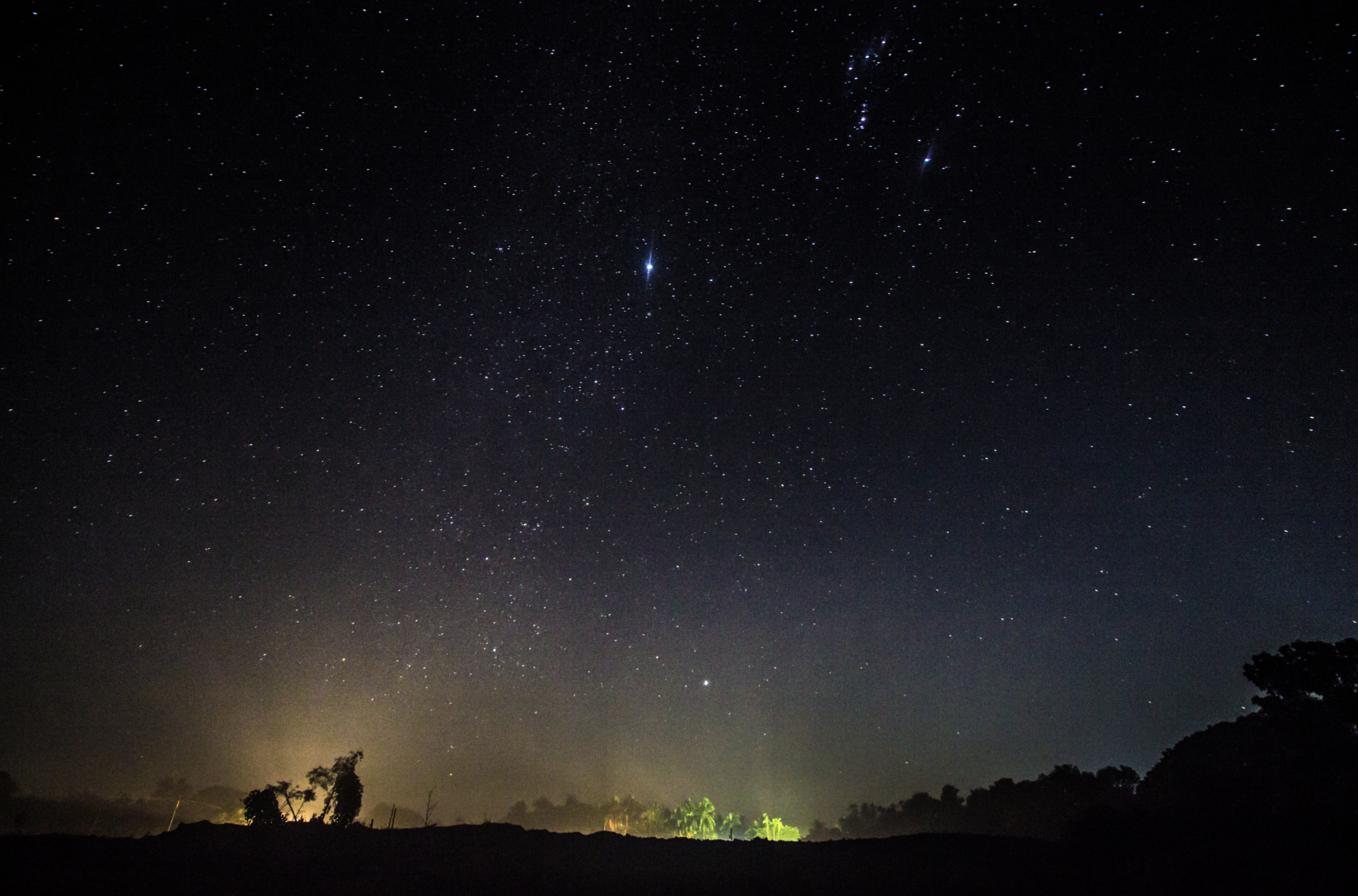I didn’t, so I’m trying to catch up this morning and watch some videos of the fireball seen in the skies above Dallas around 9 p.m. Sunday night. Dallas Texas TV is on the case, as usual, aggregating the footage.
possible ufo in dallas caught on tesla dash cam tonight pic.twitter.com/XYB6VD5skl
— Dallas Texas TV (@DallasTexasTV) July 26, 2021
Despite that caption, it’s probably not a UFO, although we do get our fair share of unexplained visions around these parts. What NASA refers to as the “best meteor shower of the year” is underway, and what some folks saw last night was more likely a flash from the Perseid shower. NASA Meteor Watch and the American Meteor Society are tracking and mapping last night’s reported sightings:
[d-embed][/d-embed]
The good news, if you missed the show Sunday, is that the Perseid shower continues through late August, peaking around the middle of the month. Last summer NASA shared some tips on how to catch meteor showers. Hope for clear skies and get away from the bright lights of the city. The best viewing time, per NASA, is between 2 a.m. and dawn, although last night is proof you may not always have to wait that late. And then tilt your head to the skies, says NASA:
If it’s not cloudy, pick an observing spot away from bright lights, lay on your back, and look up! You don’t need any special equipment to view the Perseids – just your eyes. (Note that telescopes or binoculars are not recommended because of their small fields of view.) Meteors can generally be seen all over the sky so don’t worry about looking in any particular direction.
While observing this month, not all of the meteors you’ll see belong to the Perseid meteor shower. Some are sporadic background meteors. And some are from other weaker showers also active right now, including the Alpha Capricornids, the Southern Delta Aquariids, and the Kappa Cygnids. How can you tell if you’ve seen a Perseid? If you see a meteor try to trace it backwards. If you end up in the constellation Perseus, there’s a good chance you’ve seen a Perseid. If finding constellations isn’t your forte, then note that Perseids are some of the fastest meteors you’ll see!
Pro tip: Remember to let your eyes become adjusted to the dark (it takes about 30 minutes) – you’ll see more meteors that way. Try to stay off of your phone too, as looking at devices with bright screens will negatively affect your night vision and hence reduce the number of meteors you see!
And if you saw the fireball last night, the American Meteor Society would like to hear from you:
New video of the
Bright #fireball spotted East of Dallas, TX last night
(124 reports so far)If you saw this event and/or if you have photo and videos:https://t.co/N0EuOVkOgj
Event page:https://t.co/lu6ezIjWwU pic.twitter.com/C1jwLWLXYZ
— AMSMETEORS (@amsmeteors) July 26, 2021
Here’s one more video:
The meteor that was spotted over the DFW metro was caught on one of @EarthCam's cameras in Downtown Dallas! After the camera zooms back out to the main shot of downtown, the meteor can be seen zipping by on the top of the video. #meteor #txwx pic.twitter.com/BAKrQKSkop
— ⛈️ Braxton Banks 🌪️ (@BraxBanksOKWX) July 26, 2021






